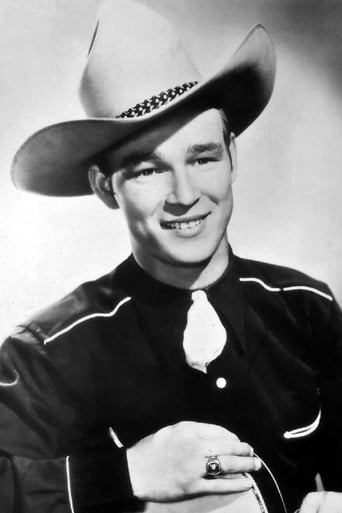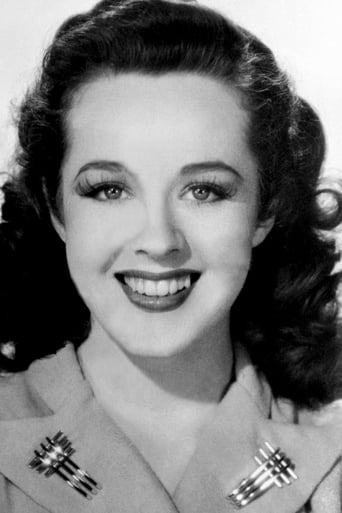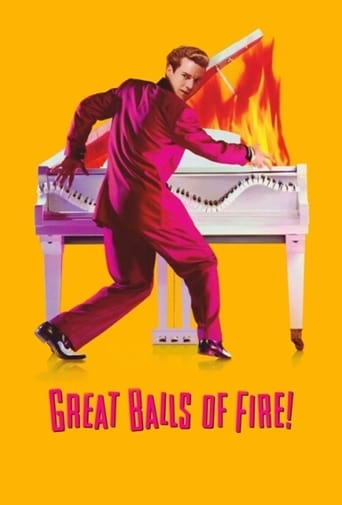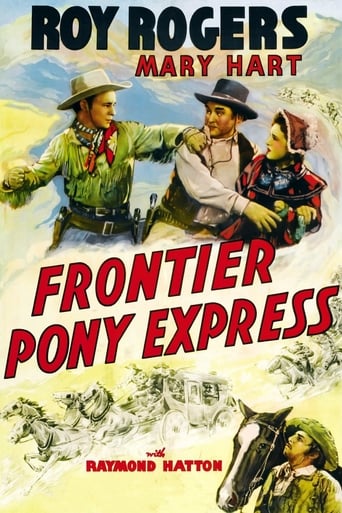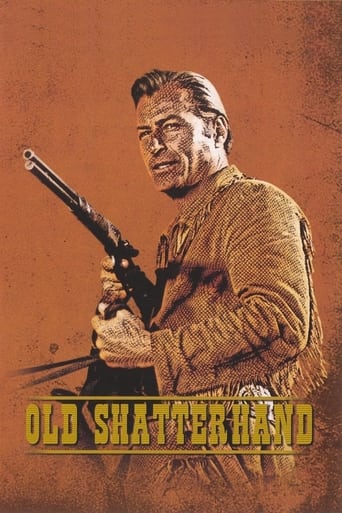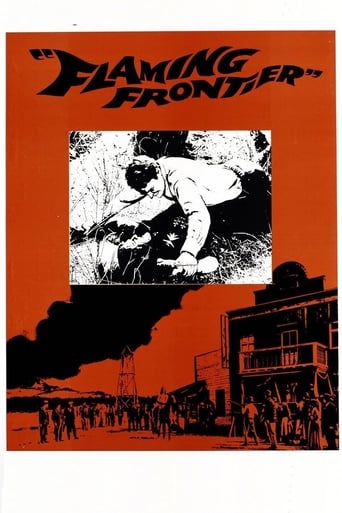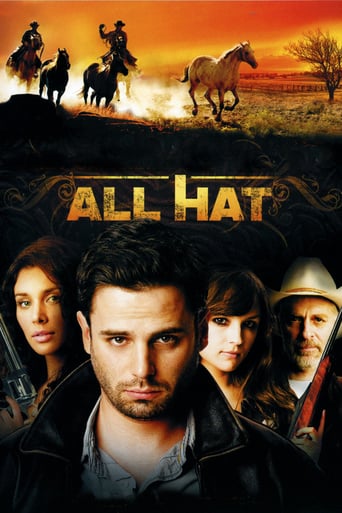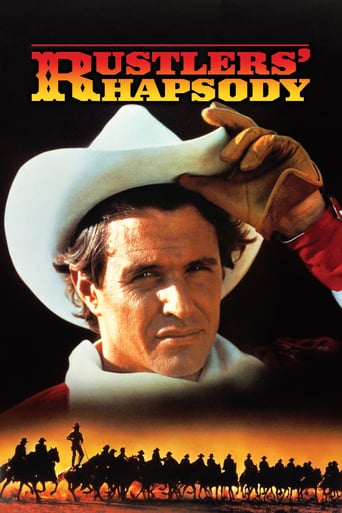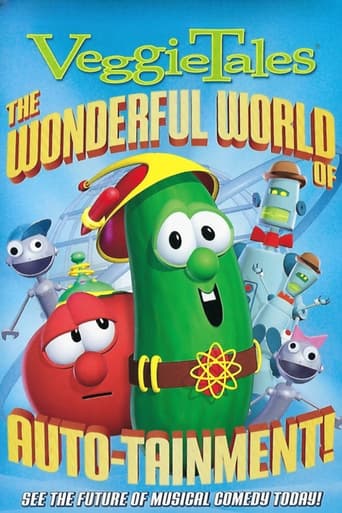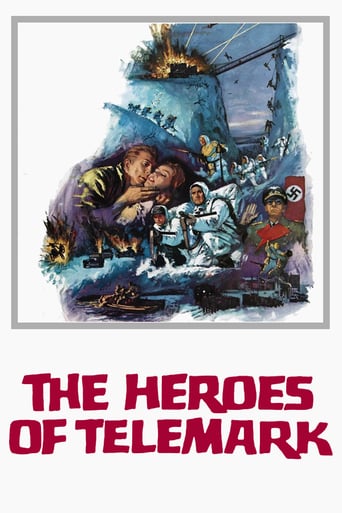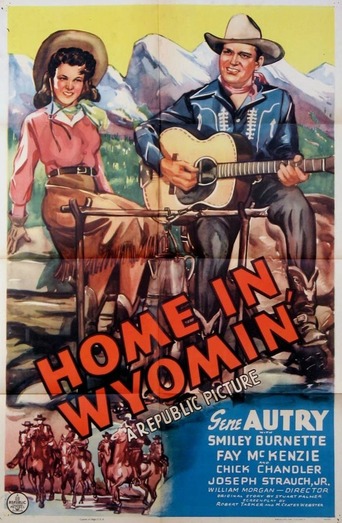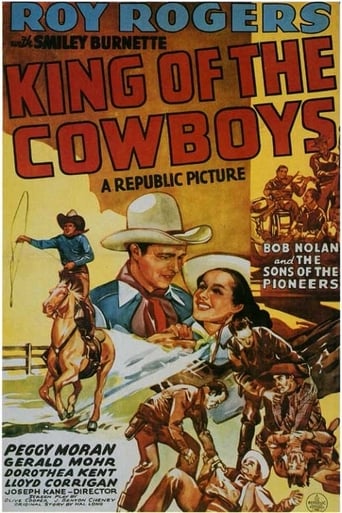

King of the Cowboys (1943)
Roy Rogers, Smiley Burnette and the Sons of the Pioneers go undercover to help Texas Governor Russell Hicks stop World War II Axis sympathizers from blowing up U.S. warehouses.
Watch Trailer
Cast


Similar titles
Reviews
Leonard Slye (Roy Rogers), Smiley Burnette (Frog Millhouse), Peggy Moran (Judy Mason), Bob Nolan and the Sons of the Pioneers: Lloyd Perryman, Tim Spencer, Pat Brady, Carl Farr, Hugh Farr (themselves), Yakima Canutt ("Where am I?" outlaw at the border), Emmett Vogan ("triplet" saboteur in audience), Norman Willis (Nazi agent), Gerald Mohr (Maurice), Dorothea Kent (Ruby Smith), Lloyd Corrigan (William Kraly), James Bush (Dave Mason), Russell Hicks (Governor Shuville), Irving Bacon (Deputy Alf Cluckus), Stuart Hamblen (Duke Wilson), Eddie Dean (Tex), Forrest Taylor (cowhand), Dick Wessell (Hershel), Jack Kirk (bartender), Edward Earle (manufacturer), Charles King, Jack O'Shea (henchmen), and "Trigger".Director: Joseph KANE. Screenplay: Olive Cooper, J. Benton Cheney. Original screen story: Hal Long. Photography: Reggie Lanning. Film editor: Harry Keller. Art director: Russell Kimball. Set decorator: Charles Thompson. Music director: Morton Scott. Songs: "Gay Ranchero" (Slye), "Ride 'Em Cowboy" (Slye, Pioneers), "I'm an Old Cowhand from the Rio Grande" (Slye), "Red River Valley" (Pioneers), "Roll Along Prairie Moon" (Slye). Trainer for "Trigger": Glenn Randall. RCA Sound System. Associate producer: Harry Grey. Executive producer: Herbert J. Yates.Copyright 1 April 1943 by Republic Pictures Corp. No recorded New York opening. U.S. release: 9 April 1943. Australian release through British Empire Films: 23 March 1944. 7 reels. 5,589 feet.SYNOPSIS: Roy Rogers (Leonard Slye) and Frog Millhouse (Smiley Burnette) are hired by Governor Shuville (Russell Hicks) to crack a ring of Nazi saboteurs moving around the state under the cover of a traveling carnival. Unbeknown to the governor one of the leaders is his own secretary (Lloyd Corrigan).NOTES: Early in 1943 "Life" magazine did a cover story on Rogers under the journalistically exaggerated title "King of the Cowboys". Of course everyone knows that Gene Autry is the above-mentioned "King". But Autry was away in the war, serving his country as a GI and later as a pilot with the Air Transport Command. Republic was quick to capitalize on the Rogers' "Life" headline. In his autobiography "Back in the Saddle Again", Gene bends over backwards to say nice things about Slye. Only a few lines — and you really have to read them closely — betray a slight touch of justifiable bitterness: "My last picture before entering the service was Bells of Capistrano... Republic acknowledged my departure by proclaiming Roy Rogers as 'the King of the Cowboys', and increasing the Rogers- western budgets to the kind of dollars the Autry and other Republic units saw only once in a while."The title has zilch to do with the plot. King of the Saboteur- Busters would be more apt, if equally exaggerated. True, Rogers does appear briefly as a rodeo rider at the beginning and end of the movie, but his chief task — aside from singing, of course — is to assist the heroine in a "Nightmare Alley" mind-reading act!Peggy Moran is the heroine — and a real nice girl too. Smiley is along mostly to cover up or back up Roy. His comic opportunities in this one (at least in the print under review) are severely limited. But at least he's in the movie, something that can't really be said for Bob Nolan and the Sons of the Pioneers. Blink and you'll miss them. Hissable Lloyd Corrigan and the other villains led by Gerald Mohr have more than their fair share of footage, whilst Irving Bacon as a comic jailer makes hay for a couple of scenes.There's a fair action climax (obviously inspired by "For Whom the Bell Tolls") but otherwise production values are generally "B". And aside from the action set-ups (which were probably mounted by a professional), Kane's direction is unremittingly routine.
Ya-hoo! This is probably one of the best of the Roy Rogers Westerns from the 1940s.By 1942 Roy Rogers' popularity as a "Singing Cowboy" had increased by leaps and bounds. With Gene Autry out of the picture and away on the war-effort in Europe, Republic Studios replaced him with Rogers.Known as "Poverty Row", Republic took a big chance and doubled their usual skimpy budget on this picture. It was a gamble that paid off handsomely and made Roy Rogers a house-hold name and idol to Western movie fans everywhere.In King Of The Cowboys, Roy Rogers sings a little, fights a little, and even loves a little. (well, sort of) Rogers plays a government agent working undercover as a rodeo performer trying to infiltrate a ring of saboteurs. These bomb-crazy scoundrels are a ruthless bunch led by a phony-baloney carnival mind-reader.All around the state of Arizona these villains are bombing warehouses, left, right, and center. It's now up to Roy Rogers to put a stop to their dastardly deeds.Can Roy stop these nasty-minded criminals before another crime is committed? Watch and find out why Roy Rogers is called King Of The Cowboys! And, Happy trails to you.....
Roy apparently earns his title as King of the Cowboys by helping out Governor Russell Hicks of Texas track down a nest of Nazi saboteurs who are wreaking havoc across the Lone Star State. Did Congressman Lyndon B. Johnson know about this?Herbert J. Yates put the best creative minds at Republic Pictures to work on this and they came up with a script that's a combination of The Thirty Nine Steps and This Is My Affair. Like the Robert Taylor MGM classic where he's a secret agent working directly and reporting to President McKinley because McKinley like Governor Hicks can't seem to trust anyone in his official capacity. And like The Thirty Nine Steps the key is Gerald Mohr with a carnival memory act. If you're going to borrow at least Yates felt you should borrow from the best. You can't do too much better than Alfred Hitchcock.Roy gets a nice group of songs and I particularly liked the fact that he gets to sing I'm An Old Cowhand which in fact he had a hand in introducing seven years earlier. When Roy was just one of the Sons of the Pioneers who also appear in King of the Cowboys he backed Bing Crosby when he introduced the Johnny Mercer classic in Rhythm on the Range. Now Roy's a star and does a nice solo turn accompanying himself on the guitar.While Republic's other big singing cowboy Gene Autry was off to war, Roy inherited for a while, Smiley Burnette who does his usual comedy bit.Sadly though the film that gives Roy the title he was forever known by is a badly dated war propaganda flick that simply doesn't wear well or age well. The King had been better served by his subjects at Republic before and after this film. They'd also done worse by him as well.
Roy Rogers (as Roy), Smiley Burnette (as Frog), and the "Sons of the Pioneers" go undercover to help Texas Governor Russell Hicks stop World War II Axis sympathizers from blowing up U.S. warehouses. Not a war story, but a Roy Rogers western: this one a "Variety Show" of stunts, songs, and Smiley bits plus, a sign proclaiming: "Freedom of Speech Doesn't Mean Careless Talk"."King of the Cowboys" songs include: "I'm an Old Cow Hand", "The Gay Ranchero", "Prairie Moon", and others. Stunts include setting up a giant mirror on a road to simulate a head-on car crash; and, following another car crash, Rogers being tied up and left in a warehouse rigged to blow. The story is inconsequential. Following the stunted end, Rogers is introduced as "King of the Cowboys" and sings "Ride Ranger Ride". Formulaic to the hilt! ** King of the Cowboys (1943) Joseph Kane ~ Roy Rogers, Smiley Burnette, Peggy Moran


